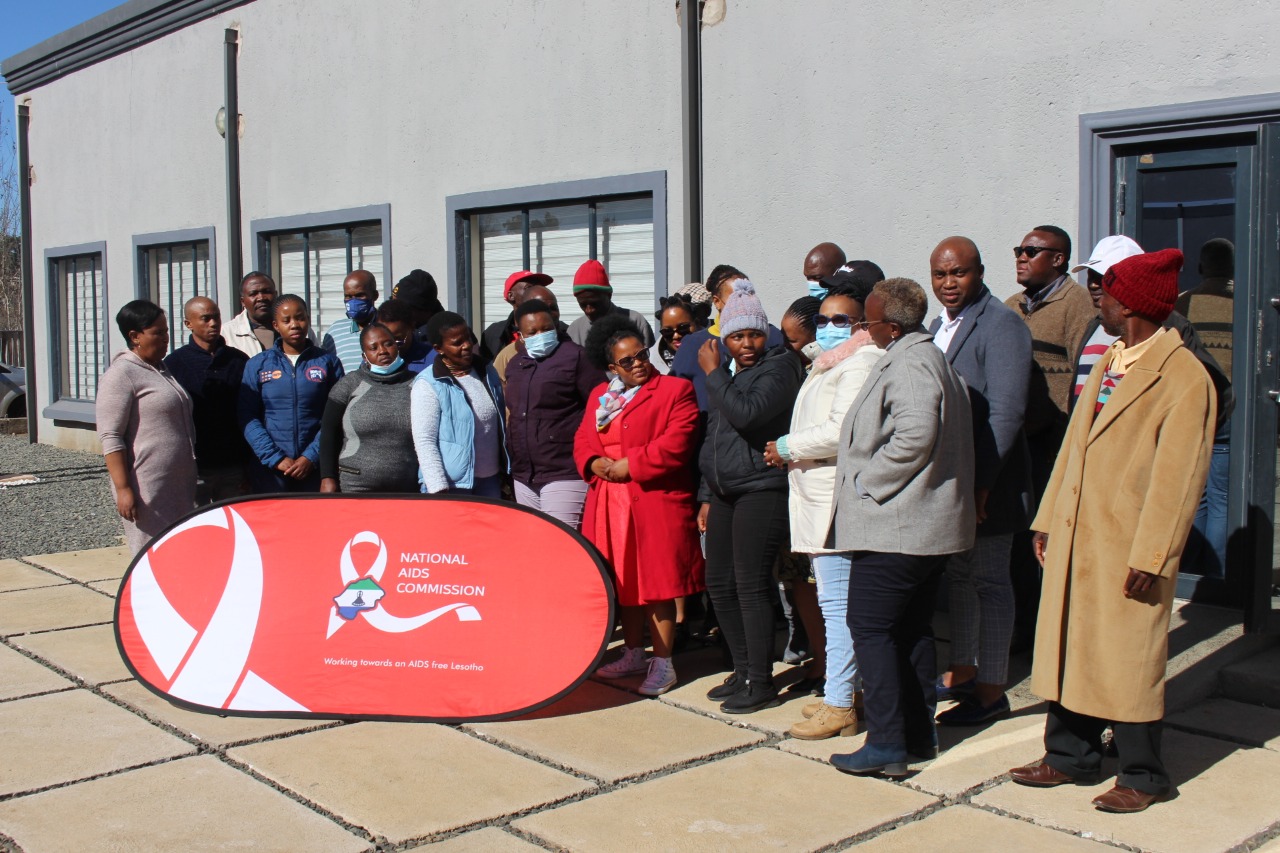Ntsoaki Motaung
Despite Lesotho’s remarkable strides in HIV control, health officials have expressed deep concern over the rising number of infections among the youth population.
Health Minister, Selibe Mochoboroane, urged young people to actively engage in existing initiatives combating HIV during a gathering at Thabeng High School’s football grounds in Morija last Friday.
Mochoboroane emphasised the urgency of the issue, stating that “new infections are mostly seen in the age group of 13 to 35 yearsâ€.
“This means the most important people the country has to invest in are still in danger. We plead with the youth, especially in the health sector, to provide education to others,†he said.
Former Minister of Health Semano Sekatle, during the official launch of the Lesotho Population-based HIV Impact Assessment 2020 (LePHIA 2020), highlighted the nation’s commendable achievements.
Lesotho surpassed two crucial targets, with 90 per cent of people living with HIV being aware of their status, 97 per cent of them receiving treatment, and 92 per cent achieving viral load suppression.
Sekatle stated: “New infections have declined by 55 per cent among adults 15 years and older. HIV prevalence has also declined from 25.6 per cent in 2017 to 22.7 per cent in 2020, by 3 percentage points in three years. Viral load suppression among adults has increased from 73.1 per cent in 2017 to 81 per cent in 2020, by 8 percentage points.â€
Addressing International Youth Day last month, Lethola Mafisa, the Equality and Rights for All Adviser for the Joint United Nations Programme on HIV/AIDS (UNAIDS), underscored the youth as the face of new infections.
“The new infections we have, about 5,000 in a year, 80 percent of them come from the age group of 15-34.”
Mafisa pointed out a concerning gender disparity, stating that among young people who are newly infected, “women are four times more likely to be infected than their male counterpartsâ€.
He clarified that it was not about propagating stigma but understanding the root causes.
“The new infections we have, about 5,000 in a year, 80 percent of them come from the age group of 15-34. If that is the case, it would not be proper for us as program people to continue working without consulting the affected people because we do not even know their situation, or dynamics and do not understand anything,†he said.
Summary
- Addressing International Youth Day last month, Lethola Mafisa, the Equality and Rights for All Adviser for the Joint United Nations Programme on HIV/AIDS (UNAIDS), underscored the youth as the face of new infections.
- “The new infections we have, about 5,000 in a year, 80 percent of them come from the age group of 15-34.
- If that is the case, it would not be proper for us as program people to continue working without consulting the affected people because we do not even know their situation, or dynamics and do not understand anything,†he said.

Your Trusted Source for News and Insights in Lesotho!
At Newsday Media, we are passionate about delivering accurate, timely, and engaging news and multimedia content to our diverse audience. Founded with the vision of revolutionizing the media landscape in Lesotho, we have grown into a leading hybrid media company that blends traditional journalism with innovative digital platforms.









